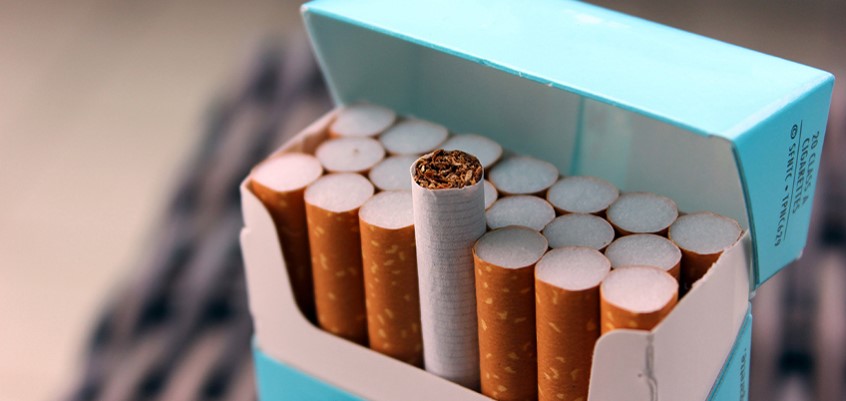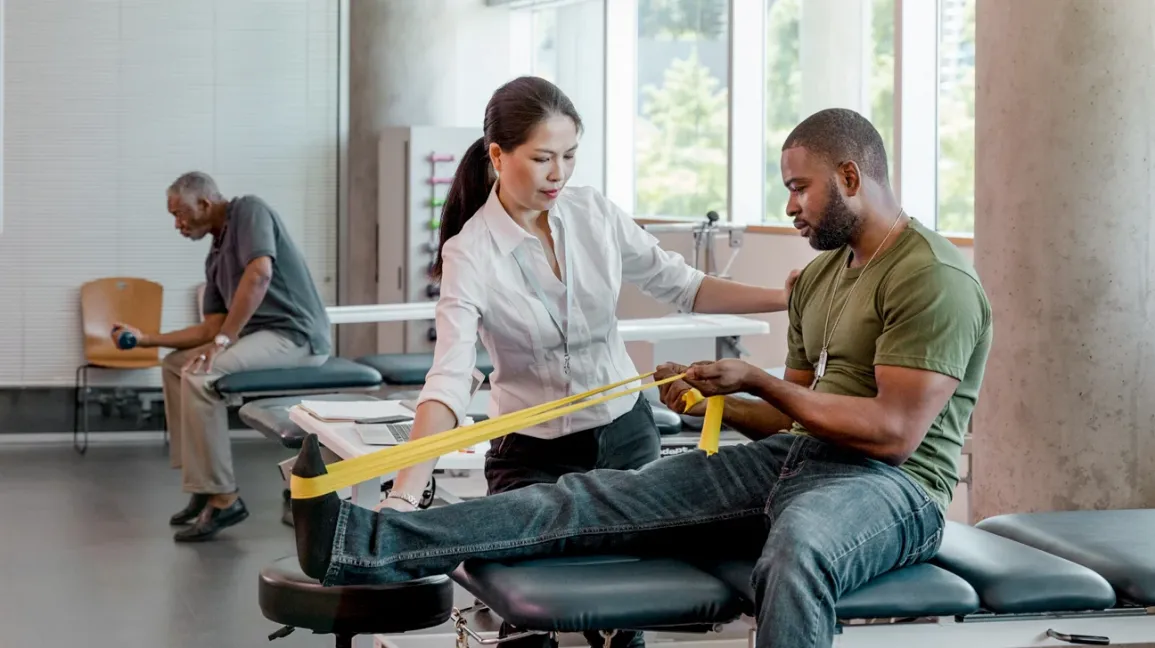Stretch marks, also referred to as striae, are a prevalent skin condition that affects numerous individuals. These marks manifest as visible lines on the skin’s surface and can arise due to various factors, such as rapid growth, hormonal fluctuations, pregnancy, weight fluctuations, or specific medical conditions. In this article, we will explore the origins, prevention techniques, and treatment alternatives for stretch marks.
Introduction
Stretch marks can significantly impact an individual’s self-esteem and body image. Acquiring knowledge about the causes and available treatments can enable individuals to make informed choices regarding the management and prevention of stretch marks. This article strives to offer comprehensive insights into stretch marks, encompassing their causes, prevention methods, treatment options, natural remedies, and the significance of embracing one’s body.
What are Stretch Marks?
Stretch marks manifest as long, slender streaks or lines that develop on the skin. They typically emerge in areas such as the abdomen, thighs, buttocks, breasts, and upper arms. These marks result from the skin being stretched beyond its elastic limits. Initially, they may exhibit a reddish or purplish hue, but with time, they fade to a lighter shade, often resembling silvery or white lines.
Causes of Stretch Marks
Rapid Growth and Puberty
During puberty, the body undergoes accelerated growth and experiences hormonal fluctuations, which can give rise to the development of stretch marks. As bones lengthen and muscles expand, the skin may exceed its capacity to stretch, leading to the formation of these marks.
Pregnancy and Hormonal Changes
Pregnancy is a common period when women encounter stretch marks. The rapid growth of the fetus and hormonal shifts during pregnancy can cause stretching of the skin, particularly in the abdominal region. Hormonal changes can also affect the skin’s elasticity, rendering it more susceptible to stretch marks.
Weight Fluctuations and Obesity
Significant weight fluctuations, whether through weight gain or weight loss, can contribute to the appearance of stretch marks. When the skin rapidly expands or contracts due to changes in body weight, the collagen and elastin fibers within the skin can rupture, resulting in the formation of these marks. Obesity, in particular, places additional strain on the skin and increases the likelihood of stretch marks.
Corticosteroid Use and Medical Conditions
Prolonged usage of corticosteroid medications, such as topical creams, ointments, or oral steroids, can weaken the structural integrity of the skin and heighten the risk of stretch marks. Furthermore, certain medical conditions like Cushing’s syndrome and Marfan syndrome can render the skin more vulnerable to the development of stretch marks.
Who is at Risk?
While stretch marks can affect anyone, several factors increase the probability of their occurrence. Individuals with a family history of stretch marks, those undergoing rapid growth or weight fluctuations, pregnant women, individuals with hormonal imbalances, or those employing corticosteroid medications are at a higher risk of developing stretch marks.
Prevention of Stretch Marks
While it may not be feasible to entirely prevent the formation of stretch marks, individuals can adopt various measures to minimize their occurrence or reduce their severity.
Maintaining a Healthy Lifestyle
Adhering to a balanced diet rich in vitamins and minerals can promote skin health and enhance its elasticity. Consumption of antioxidant-rich foods, such as fruits and vegetables, can safeguard the skin from damage. Regular exercise can also enhance blood circulation and strengthen the skin.
Skin Hydration
Ensuring adequate hydration of the skin is vital in preventing stretch marks. Consuming an ample amount of water and utilizing moisturizers can improve skin elasticity, alleviate dryness, and enhance its resilience against stretch marks.
Gradual Weight Changes
To diminish the risk of stretch marks associated with weight fluctuations, it is advisable to aim for a gradual pace of weight change. Gradual weight loss or gain allows the skin to adapt more effectively.
Proper Exercise and Stretching
Incorporating exercises that promote skin flexibility, such as stretching and yoga, can enhance the skin’s elasticity and reduce the likelihood of developing stretch marks.
Moisturizing and Nourishing the Skin
Regular application of moisturizers and oils to the skin can help maintain its suppleness and hydration. Products containing ingredients like cocoa butter, shea butter, or almond oil are renowned for their moisturizing properties.
Treatment Options for Stretch Marks
Although stretch marks may not completely disappear, numerous treatment options can help minimize their appearance.
Topical Creams and Ointments
Various topical creams and ointments containing ingredients such as retinoids, hyaluronic acid, or collagen can contribute to the improvement of stretch mark appearance. These products function by stimulating collagen production and promoting skin regeneration.
Laser Therapy
Laser therapy entails utilizing focused light beams to stimulate the production of collagen and elastin fibers within the skin. This treatment can fade stretch marks and render them less conspicuous.
Microdermabrasion
Microdermabrasion is a non-invasive procedure that exfoliates the skin, eliminating the outer layer of dead skin cells. This process stimulates cell turnover and collagen production, resulting in a reduction in stretch mark appearance.
Chemical Peels
Chemical peels involve applying a chemical solution to the skin, inducing exfoliation and revealing a smoother layer. This treatment can improve the texture and visual appeal of stretch marks.
Radiofrequency
Radiofrequency treatments employ heat energy to stimulate collagen production and tighten the skin. This procedure can reduce the visibility of stretch marks by enhancing skin elasticity.
Natural Remedies for Stretch Marks
In addition to medical treatments, several natural remedies can aid in managing stretch marks.
Aloe Vera Gel
Aloe vera gel possesses soothing and healing properties that can contribute to the improvement of stretch mark appearance. Direct application of aloe vera gel to the affected area can moisturize the skin and promote healing.
Coconut Oil
Coconut oil is abundant in fatty acids that nourish and hydrate the skin. Massaging coconut oil onto stretch marks can gradually enhance their appearance.
Cocoa Butter
Cocoa butter is renowned for its moisturizing properties. Applying cocoa butter to stretch marks can help maintain skin hydration and reduce their visibility.
Vitamin E Oil
Vitamin E oil is a potent antioxidant that aids in the regeneration of skin cells. Regular application of vitamin E oil to stretch marks can help fade their appearance.
Hyaluronic Acid
Hyaluronic acid is a natural compound that aids in retaining moisture within the skin. Utilizing skincare products containing hyaluronic acid can augment skin hydration and diminish the visibility of stretch marks.
Embracing Your Body
It is essential to bear in mind that stretch marks are a natural part of many individuals’ lives. Embracing and accepting one’s body, including its imperfections, is crucial for fostering self-confidence and overall well-being. Societal beauty standards are ever-evolving, and it is paramount to prioritize self-love and self-care.
Summary
Stretch marks, resulting from factors such as rapid growth, pregnancy, weight fluctuations, and hormonal changes, are a prevalent skin condition. While it may not be feasible to completely prevent stretch marks, adopting a healthy lifestyle, moisturizing the skin, and pursuing suitable treatment options can aid in managing their appearance. Natural remedies and embracing one’s body can also contribute to improved self-esteem and body acceptance.
FAQs
Q1. Can stretch marks disappear naturally?
Stretch marks may fade over time, but they generally do not completely vanish on their own. However, various treatments can help minimize their appearance.
Q2. Can stretch marks be prevented during pregnancy?
While it may not be entirely possible to prevent stretch marks during pregnancy, maintaining a healthy lifestyle, moisturizing the skin, and gaining weight gradually can reduce their occurrence.
Q3. Are stretch marks permanent?
Stretch marks are typically considered permanent, but their appearance can be improved through treatments and natural remedies.
Q4. How long does it take for stretch marks to fade?
The duration for stretch marks to fade varies for each individual. It can range from several months to years. Treatment options can expedite the fading process.
Q5. Are stretch marks only a concern for women?
No, stretch marks can affect individuals of all genders. While they are commonly associated with pregnancy, both men and women can develop stretch marks due to various factors.
You can also read about these stretch marks please visit:MommyChoose.com










